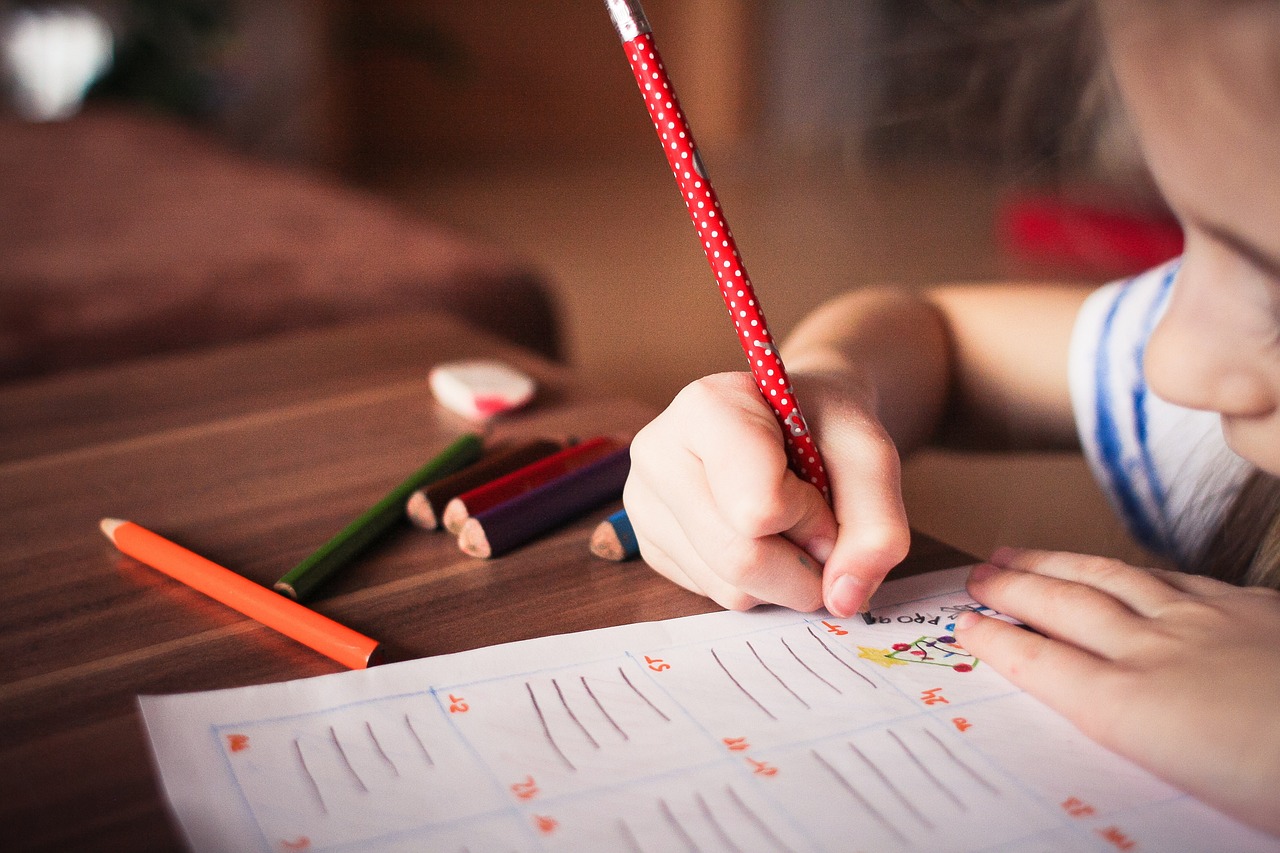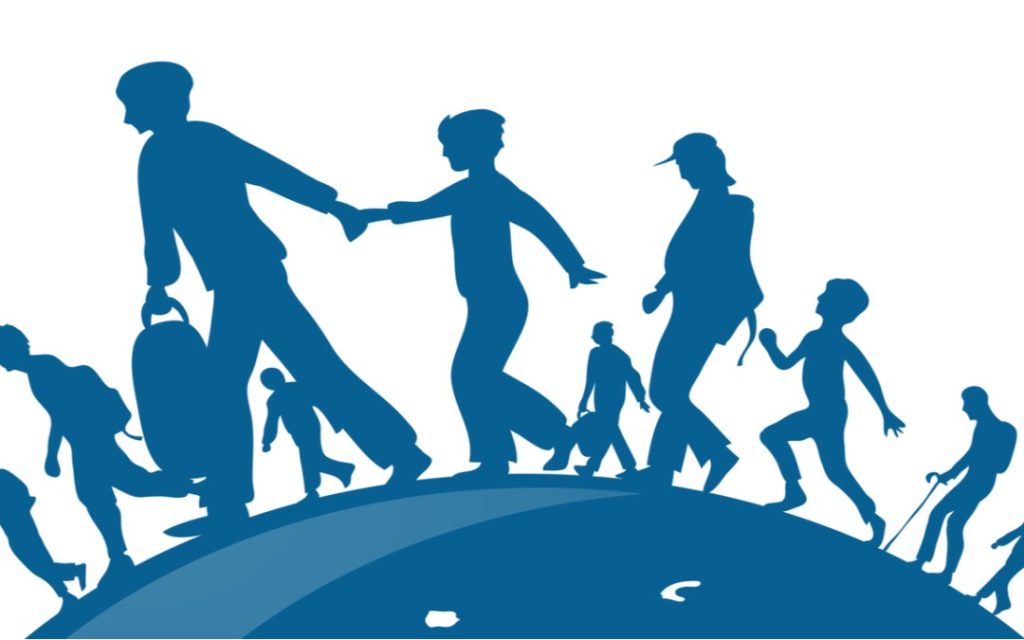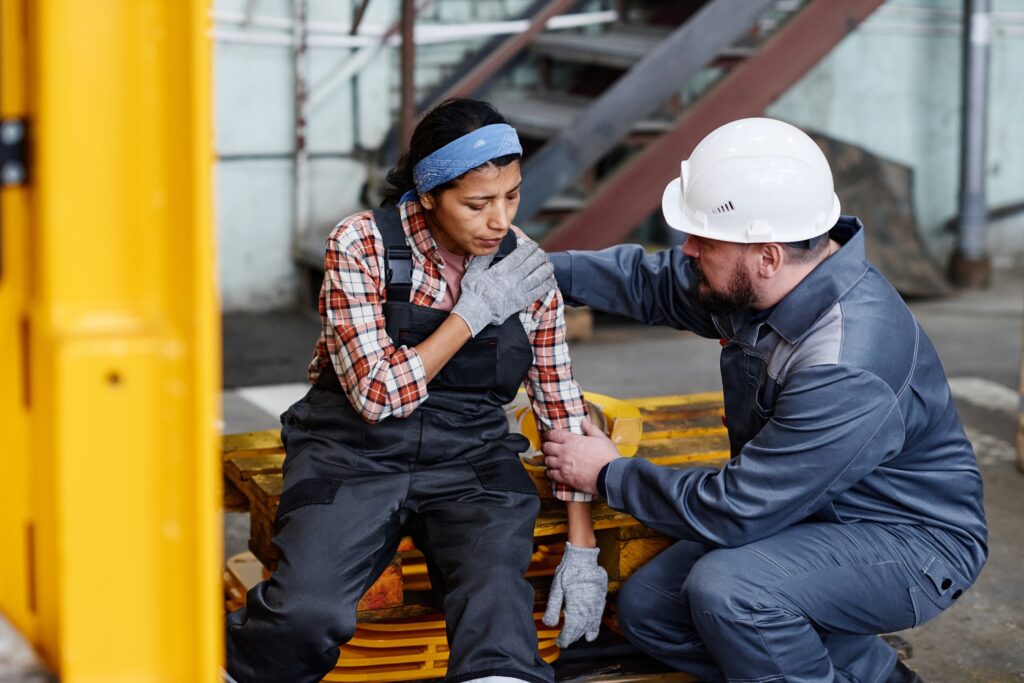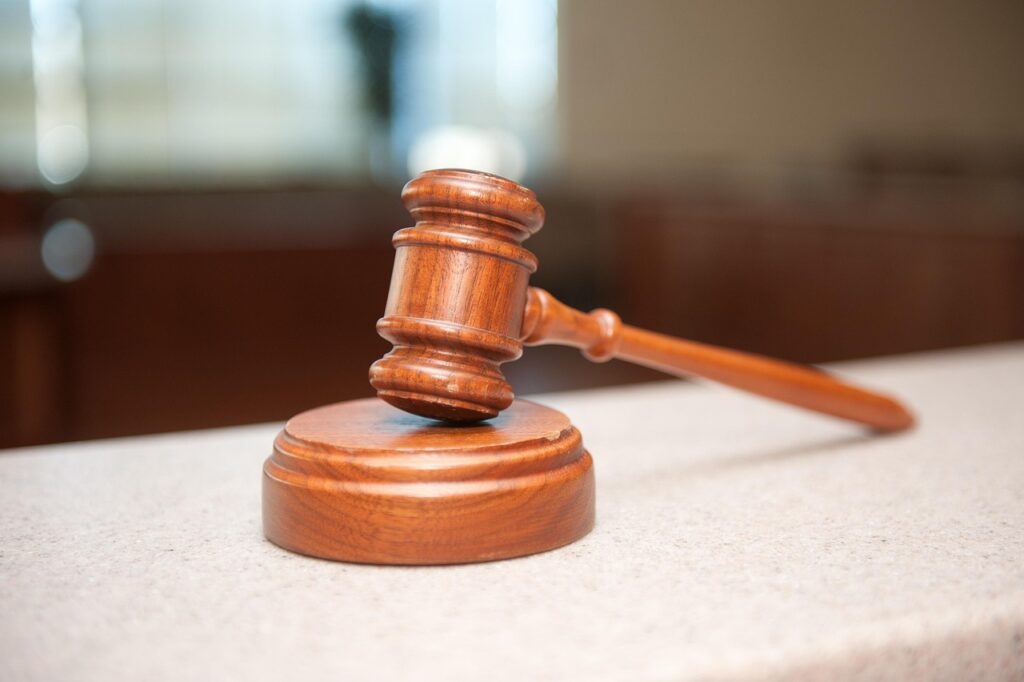Now Reading: Preventing and Addressing Abuse: How Can Schools Protect Children?
-
01
Preventing and Addressing Abuse: How Can Schools Protect Children?

Preventing and Addressing Abuse: How Can Schools Protect Children?
Children spend a significant part of their lives in schools, making these institutions critical in safeguarding their well-being. Schools are not just educational centres—they’re trusted spaces where children should feel safe and protected.
Unfortunately, abuse remains a reality that demands proactive intervention. The question is, how can schools effectively prevent and address it? Schools play a pivotal role in protecting vulnerable students, from identifying warning signs to fostering open communication and creating robust reporting mechanisms.
Below, let’s explore practical strategies schools can adopt to ensure every child thrives in a secure, supportive environment. Let’s dive in!
Recognizing the Signs of Abuse
Recognizing the signs of abuse is essential in safeguarding children and ensuring their well-being. Whether emotional, physical, or sexual, abuse often leaves subtle clues that can be overlooked if not carefully observed. Awareness of these signs helps parents, teachers, and communities act quickly to provide support and protection.
In the USA, teachers and caregivers are trained to notice unexplained injuries, changes in behaviour like withdrawal or aggression, or sudden academic struggles. For example, a student showing frequent bruises combined with fearfulness around adults could signal physical abuse. Teachers are mandated to report such suspicions to Child Protective Services.
In the UK, emotional abuse might manifest as a child being unusually anxious or constantly belittled. If a teacher notices a student becoming overly self-critical and avoiding interaction with peers, it’s a red flag to investigate further. The UK encourages professionals to report concerns through safeguarding leads.
In Australia, neglect can be seen when a child consistently comes to school unkempt, hungry, or lacking necessities. Communities are urged to report suspicions to authorities, and online tools like the sex offenders list australia can help. Recognizing abuse early saves lives, especially if those committing it are in the list. Communities must work together to educate themselves, identify warning signs, and take action promptly.
Providing Comprehensive Staff Training
Ensuring the safety of children is a fundamental responsibility for schools. Providing comprehensive staff training is one of the most effective ways to prevent and address abuse. Educators and school personnel must be equipped to recognize signs of abuse, respond appropriately, and create a secure environment where children feel safe.
Training programs should cover topics such as recognizing physical, emotional, and behavioural indicators of abuse, understanding reporting protocols, and fostering open communication with students. Additionally, schools should implement clear policies and procedures to address allegations promptly and ensure accountability.
Ongoing professional development is crucial to keep staff informed about new policies, trends, and tools for child protection. Cultivating a culture of awareness and responsibility helps schools reduce the risk of abuse and create a haven for learning and growth. Proactive measures today safeguard the well-being of children for tomorrow.
Establishing Clear Reporting Procedures
Implementing clear reporting procedures is essential for schools to effectively prevent and address abuse, ensuring the safety and well-being of students. Comprehensive policies provide a structured framework for identifying, documenting, and reporting suspected cases of abuse, enabling timely interventions.
Schools should develop guidelines outlining the steps to take when abuse is suspected, including specifying the individuals responsible for handling reports and the channels through which concerns should be communicated.
According to the U.S. Department of Education, establishing formal reporting and complaint procedures is crucial for creating a safe and supportive school environment.
Regular training for educators and staff on recognizing signs of abuse and understanding their reporting obligations is vital. The Centers for Disease Control and Prevention (CDC) suggests that organizations should implement as many individual strategies to prevent child sexual abuse as they can, emphasizing the importance of comprehensive policies and procedures.
Incorporating accessible reporting mechanisms, such as anonymous tip lines or digital platforms, encourages reporting by reducing fear of retaliation. Ensuring confidentiality throughout the process protects the privacy of all parties involved, fostering trust within the school community.
Establishing and maintaining clear reporting procedures demonstrates a school’s commitment to student safety and fosters an environment where children can learn and thrive without fear of abuse.
Encouraging Open Communication
Establishing open communication within schools is essential for preventing and addressing child abuse. When students feel safe to express their concerns, they are more likely to report inappropriate behaviour, enabling timely interventions.
It is crucial to create a supportive environment where children can freely discuss their feelings and experiences. Fostering open communication between children and trusted adults is vital in preventing child abuse.
Educators and staff should receive training to recognize signs of abuse and respond appropriately to disclosures. Moreover, transparent policies encourage victims or witnesses to speak up, reducing delays in intervention.
Regular discussions about safety, boundaries, and consent can empower students to voice their concerns. Implementing anonymous reporting mechanisms further supports students who may fear retaliation. Prioritizing open communication allows schools to create a culture of vigilance and support, ensuring the well-being of all students.
Partnering with Families and Communities
Schools play a pivotal role in preventing and addressing child abuse by actively partnering with families and communities. Strong family-school-community partnerships create a supportive network that enhances children’s safety and well-being.
According to the National Center on Safe Supportive Learning Environments, such partnerships involve schools and community agencies engaging families meaningfully while families actively support their children’s development and learning.
Implementing comprehensive abuse prevention education programs is essential. The Child Advocacy Center emphasizes that schools and youth-serving organizations are key community partners in preventing child abuse by helping young people develop positive attitudes and behaviours that support prevention efforts.
Community-based organizations also contribute significantly by providing support services, raising awareness, and advocating for children. Collaborations between schools, families, and these organizations create a robust framework for child protection.
Fostering open communication, providing education, and leveraging community resources enables schools to create a protective environment that effectively prevents and addresses child abuse.
Conclusion
Preventing and addressing child abuse requires schools to act as the foundation of safety and advocacy. Schools can become proactive forces of change through practical strategies like staff training, open communication, and partnerships with families and communities. Every effort to protect children today ensures they can grow, learn, and thrive in a world without harm.










